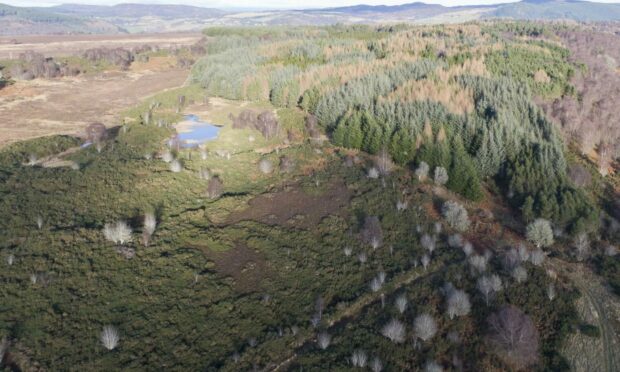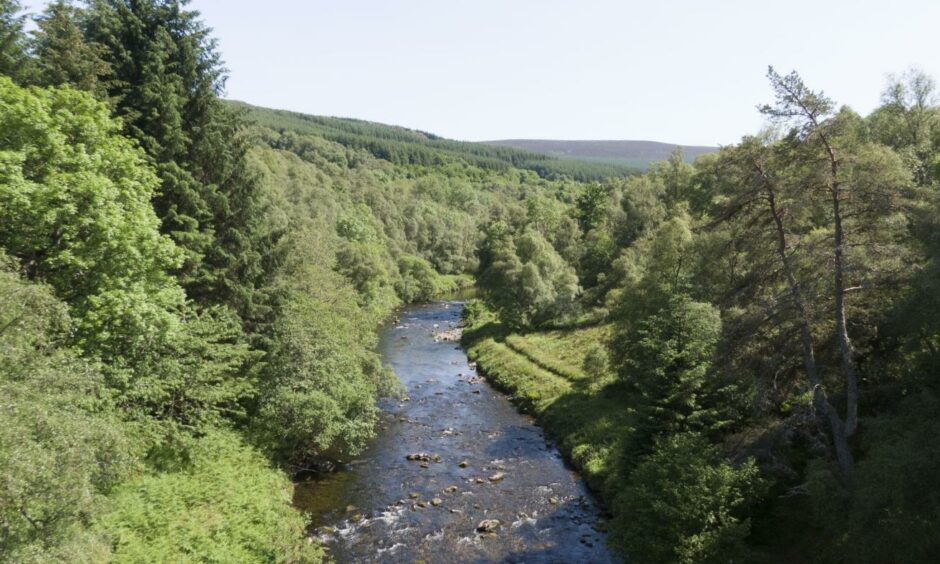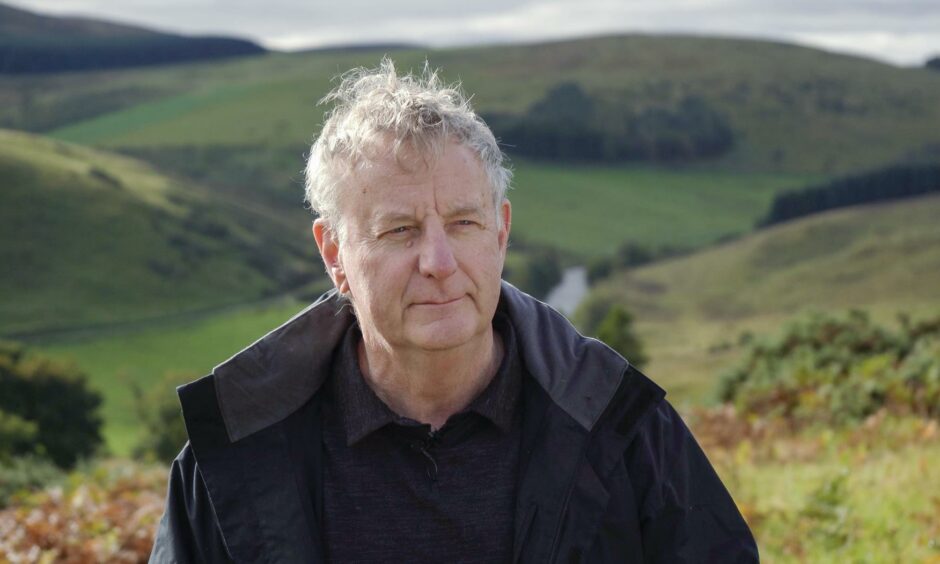A new wave of investment is needed to buy more land for a major rewilding project in the north.
So far, 50 founding funders have injected £7.6 million into the mass-ownership company Highlands Rewilding to manage more than 1,600 acres on two estates.
Now a campaign that will run from December to February aims to expand ownership in the company.
It aims to raise a similar amount of money to extend the work of the project.
What is Highland Rewilding?
Highland Rewilding emerged from the Bunloit Rewilding Project near Loch Ness and the Beldorney Estate in Aberdeenshire.
The 1,262-acre Bunloit Estate was bought in 2020 by Dr Jeremy Leggett. He is founder of the solar energy company Solarcentury and former scientific director at Greenpeace.
Dr Leggett says the project was set up to “fight climate meltdown and biodiversity collapse while contributing to a rural green new deal”.
He said progress to date “shows that we have a realistic chance now of creating a much-needed candle for hope in our ailing world”.
The project has hired three ‘world-class’ scientists to monitor carbon sequestration and increasing biodiversity.
Previous investors in Highlands Rewilding include Simon Beaufoy, Oscar-winning screenwriter of Slumdog Millionaire, and world champion mountain climber Alex Honnold.
Who is being targeted?
Among those being targeted are ‘impact investors’, progressive financial institutions, retail investors, and banks.
Dr Leggett said he has four targets: “First, ethical profits, to encourage other landowners to manage more land for nature recovery.
“Second, natural-capital accountancy science of a quality capable of speeding the investability of nature recovery generally.
“Third, a mix of co-owners, including both citizen rewilders and financial institutions, putting a toe in the water of the emerging natural-capital economy.
“Fourth, as many Scots as possible in the ownership group, to try to help redress the dire land inequality situation in Scotland”
How much is it hoped will be raised?
He said despite concerns about the cost of living crisis, he hopes to match the £7.6 million previously raised.
“It would be nice to repeat what we did the first time. I’ll be disappointed if we don’t.
“We’ll see what appetite there is out there for backing this kind of model.”
The 50 founding funders included 49 individuals and one institution. “We just had one last time and they put a tentative toe in the water.
“But if the Scottish Government is going to hit its targets in biodiversity and climate change we have to bring financial institutions into the game early.
“I don’t know of any other way we are going to be able to finance this. So I hope this will be a magnet for pushing a toe in the water.”
The Scottish Government is currently consulting on how to tackle the biodiversity crisis, with an aim to halt nature loss by 2030 and reverse it by 2045.
Not green lairds
It has also been warned of concerns that communities risk being priced out of owning and benefitting from local land by so called ‘green lairds’.
This is a term used to describe companies and individuals buying Scottish estates to boost their environmental credentials. It can offset their carbon emissions and potentially take advantage of government grants for tree-planting.
Dr Leggett says his model is different.
“Some institutions buy up a large area of Scotland and offshore the profits. I say to people that’s not going to last.
“The social licence will be taken away from you in some form or other.
“If you want to do this you have to do it with communities and this mechanism I’ve got allows that to happen.”
Are you interested in more exclusive and breaking Highland and Islands news from the P&J? If so, why not join our dedicated Facebook page HERE



Conversation